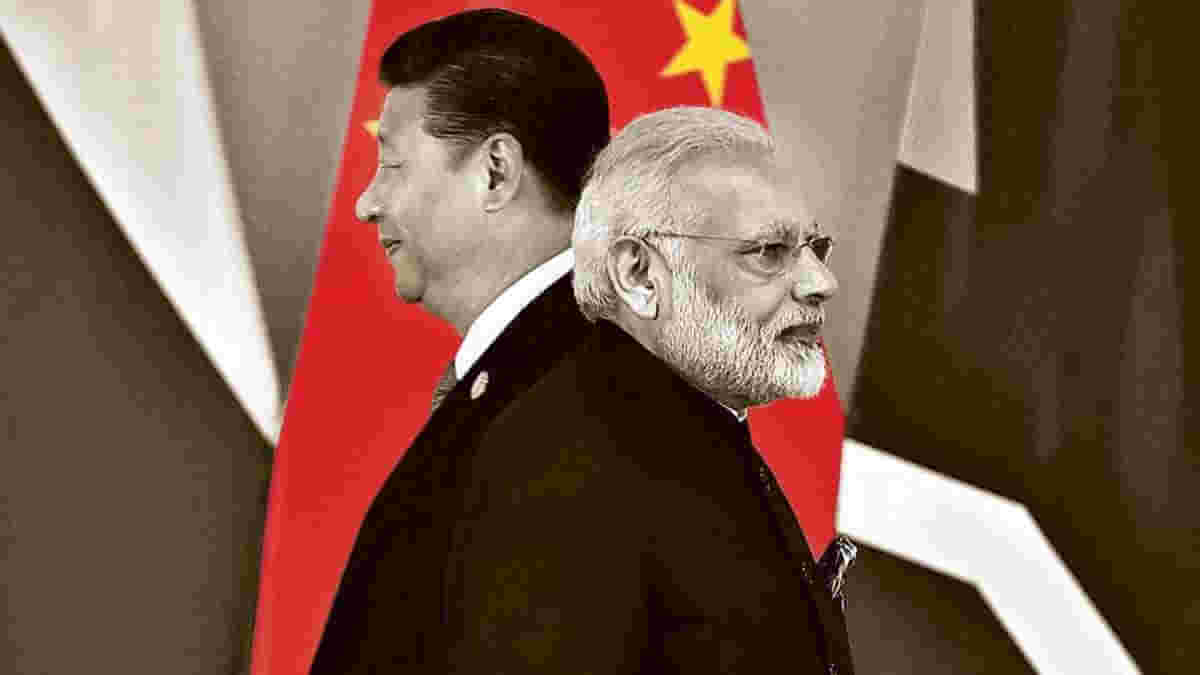India and China will engage in their first diplomatic conversation to resolve the ongoing stand-off at the border since the dispute reignited on May 5. On June 6, the two parties will meet at the Chushul-Moldo meeting point at the border. Lieutenant General Harinder Singh will lead India’s diplomatic negotiations. He will be accompanied by the Major-General and Brigadier of the region, along with a translator. China, too, will be represented by their Lieutenant General.
India’s agenda for the diplomatic conversation is two-fold. Firstly, it intends to reinstate the conditions from before the May 5 skirmish. India contends that China has increased its military and infrastructural presence in the Galwan area, which is not a disputed region. Further, India also aims to seek clarification on the sovereignty along the 3,488 Line of Actual Control.
The current situation was set in motion in early May after two separate skirmishes between Indian and Chinese forces in Pangong Tso Lake in Eastern Ladakh and at the Naku La pass in Northern Sikkim. Since then, there have been multiple incursions across the LAC into Indian territory by the Chinese People’s Liberation Army (PLA). . Army sources claim that Chinese troops have also engaged in “aggressive posturing” in Pangong Tso Lake, Demchok, and Daulat Beg Oldi. In fact, it is estimated that China has stationed close to 5,000 soldiers on its side of the Ladakh border. In response, India has increased its troop presence in Ladakh, north Sikkim, Uttarakhand, and Arunachal Pradesh.
A government official has previously said, “China’s strategy to put military pressure on India will not work. We want restoration of the status quo along the LAC.” In addition, India has stood firm in saying that it will not put a halt to any infrastructural projects along the 3,500 km border between India and China, even in the face of China’s efforts to stall such development. The Ministry of External Affairs spokesperson, Arunachal Pradesh, also dismissed China’s position that escalating tensions were a result of Indian forces ‘trespassing’ onto the Chinese side of the LAC.
China is strongly opposed to India’s infrastructural development in the region, and is particularly angered by projects in the Pangong Tso Lake region and the Galwan area. However, India insists that these projects are firmly within its own territory. India is currently building 61 Indo-China Border Roads (ICBRs) under the Border Roads Organization (BRO), while China is building underground tunnels and building an airport with tarmac for helicopters and combat aircraft.
Also Read: Multiple Chinese Army Incursions Reported Along LAC, Indian Army Chief Takes Stock
While the two countries maintained that the dispute was “overall stable and manageable” and did not require intervention by any other country, India changed its position following the violation of the status quo by China along the LAC. After previously refusing Donald Trump’s offer to “mediate” between the two parties, Prime Minister Narendra Modi spoke to the American President on June 2, wherein the two discussed the border stand-off between India and China. However, the Chinese Foreign Minister Zhao Lijian maintained his position of avoiding intervention by third-parties.
Also Read: Donald Trump Offers to “Mediate” India-China Border Dispute
This upcoming diplomatic conversation between India and China is unique in that the practice is generally to initiate negotiations at the local level, failing which regional officers are notified and asked to intervene. However, these negotiations are being initiated by Lieutenant Generals, which is indicative of the gravity of the situation. For India, the success of the talks is essential as the disputed region is strategically important for its security interests. If China occupies the Pangong lake, and Chinese forces house themselves in Shyok, India will lose its access to the Nubra Valley and Siachen. This will make it impossible for India to defend Ladakh.
India-China Border Dispute Coverage:
- PM Modi Meets With Top Military Brass to Discuss Escalating Indo-China Border Tensions
- India-China Skirmishes in Sikkim and Ladakh Leave Several Soldiers Injured
- Indian Army Chief Addresses Simmering Tensions with Nepal, China, and Pakistan
- India, China Increase Military Presence Along LAC
Image Source: Hindustan Times

